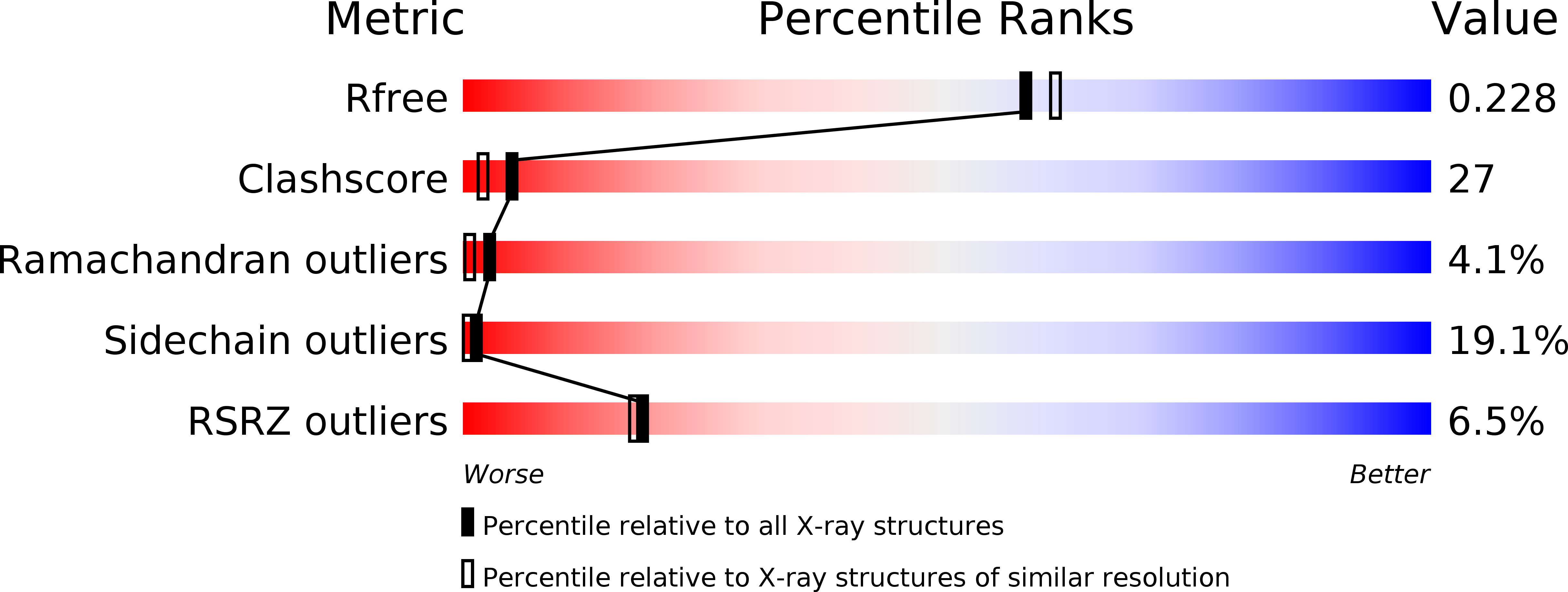
Deposition Date
2003-12-02
Release Date
2004-03-16
Last Version Date
2025-03-26
Method Details:
Experimental Method:
Resolution:
2.00 Å
R-Value Free:
0.23
R-Value Work:
0.22
R-Value Observed:
0.22
Space Group:
C 1 2 1


